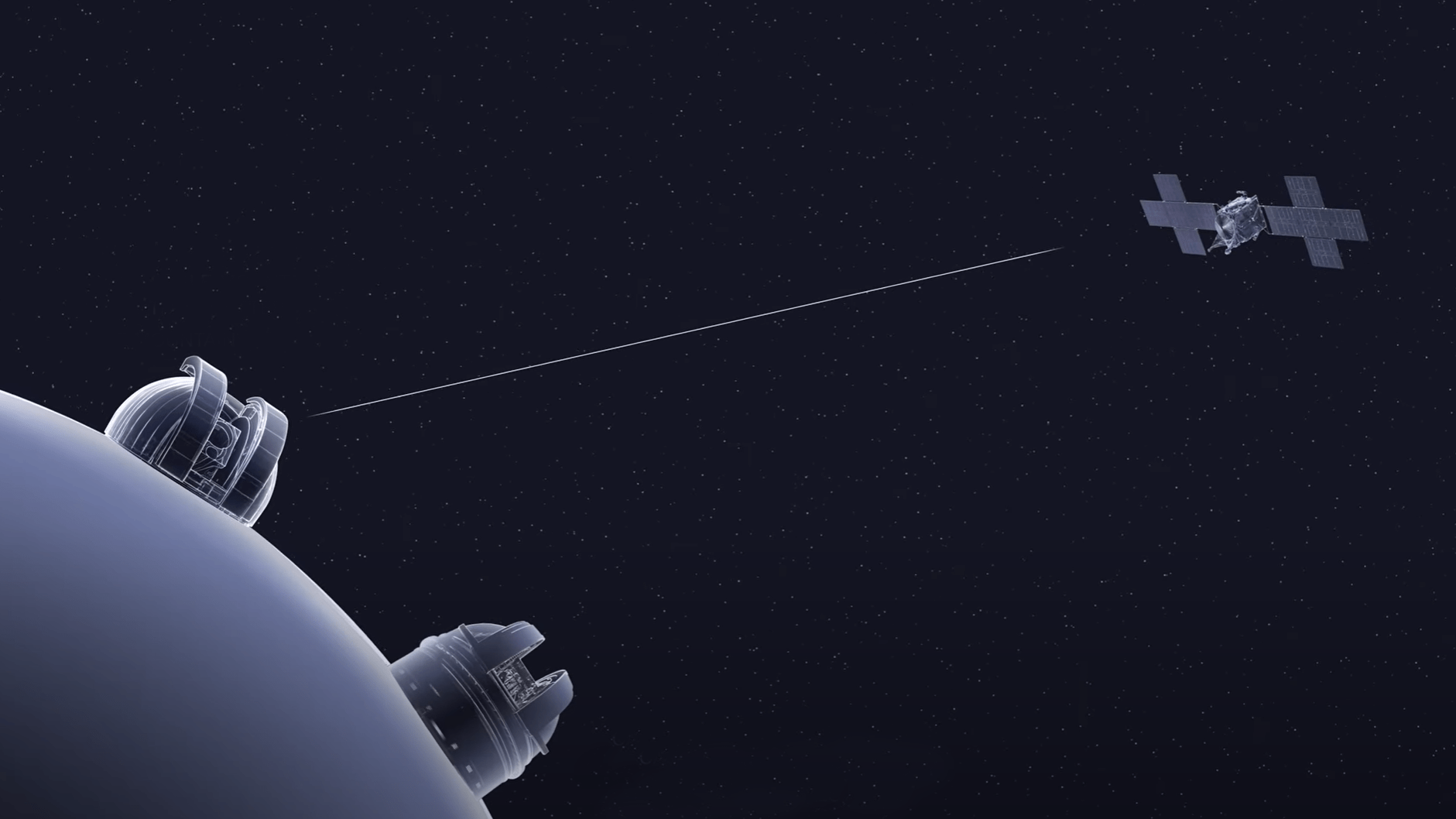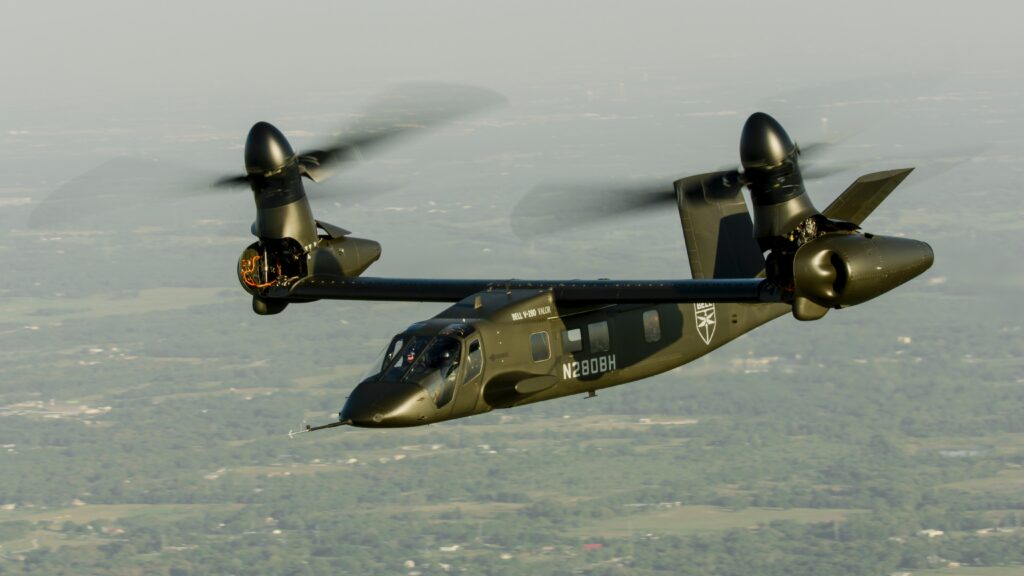Deep Space Precision: NASA's Laser Experiment Hits the Mark

One year ago today, a beam of light from a NASA spacecraft, located nearly 10 million miles from Earth, marked a groundbreaking achievement in space communications. This equates to a distance 40 times further than the Moon, making the feat comparable to aiming a laser pointer at a moving dime from a mile away â a testament to incredible precision.
This laser, transmitted by NASAâs Deep Space Optical Communications (DSOC) technology demonstration, has consistently hit its target on Earth from record-breaking distances.
âNASAâs Deep Space Optical Communications incorporates numerous innovative technologies, crucial for the precise pointing and tracking of the uplink beacon and the downlink laser,â explained Bill Klipstein, DSOC project manager at NASAâs Jet Propulsion Laboratory in Southern California.
One of the technologies facilitating this extraordinary precision was developed by a small business and nurtured by NASA over a decade.
The challenge for DSOC was to isolate the laser from the spacecraftâs vibrations, which could deviate the beam from its target. Thankfully, Controlled Dynamics Inc. (CDI) in Huntington Beach, California, offered a solution. CDI had created a platform designed to isolate orbiting experiments from vibrations caused by their host spacecraft, other payloads, crew movements, or even their own equipment. Similar to how car suspension absorbs shocks for a smoother ride, the struts and actuators on CDI's vibration isolation platform provided a stable environment for sensitive equipment.
This innovative idea required rigorous development and testing to prove its effectiveness.
NASAâs Space Technology Mission Directorate began supporting the platform's development in 2012 under its Game Changing Development programme, followed by support from the Small Business Innovation Research (SBIR) programme. The technology gained further momentum under NASA's Flight Opportunities programme, managed by NASA's Armstrong Flight Research Center in Edwards, California. This programme rapidly demonstrates promising technologies aboard suborbital rockets and other vehicles operated by commercial companies.
Early flight tests in 2013 convincingly demonstrated the platform's performance, securing CDI's technology a spot on the International Space Station in 2016. However, flight testing didn't stop there. A rapid series of flights with Blue Origin, UP Aerospace, and Virgin Galactic subjected the platform to rigorous testing, including numerous boosts, thruster firings, pyrotechnic shocks, and the forces of reentry and landing.
âFlight Opportunities played a pivotal role in our development,â stated Dr. Scott Green, CDI's co-founder and the platform's principal investigator. âWith five separate flight campaigns in just eight months, these tests enabled us to enhance flight maturity and readiness, paving the way for transition to deep space.â
The culmination of NASA's investment in CDI's vibration isolation platform came through its Technology Demonstration Missions programme, which, along with NASA's Space Communications and Navigation (SCaN) programme, supported NASA's Deep Space Optical Communications.
On 13 October 2023, DSOC launched aboard the Psyche spacecraft, a mission managed by JPL, with the objective of studying a metal-rich asteroid between Mars and Jupiter. The CDI isolation platform provided DSOC with the active stabilisation and precision pointing necessary to successfully transmit high-definition video of a cat named Taters and other data samples from record-breaking distances in deep space.
âActive stabilisation of the flight laser transceiver is crucial for the project's success in downlinking high-bandwidth data from millions of miles,â explained Klipstein. âTo achieve this, we need to measure our pointing and prevent collisions with the spacecraft while we are floating. The CDI struts provided us with this capability.â
The Psyche spacecraft is expected to reach its namesake asteroid by August 2029. In the meantime, the DSOC project team is celebrating recognition as one of TIME's Inventions of 2024 and anticipates the experiment to continue exceeding its goals in its second year.
By Nancy Pekar<br/>
_NASA's Flight Opportunities Programme_





